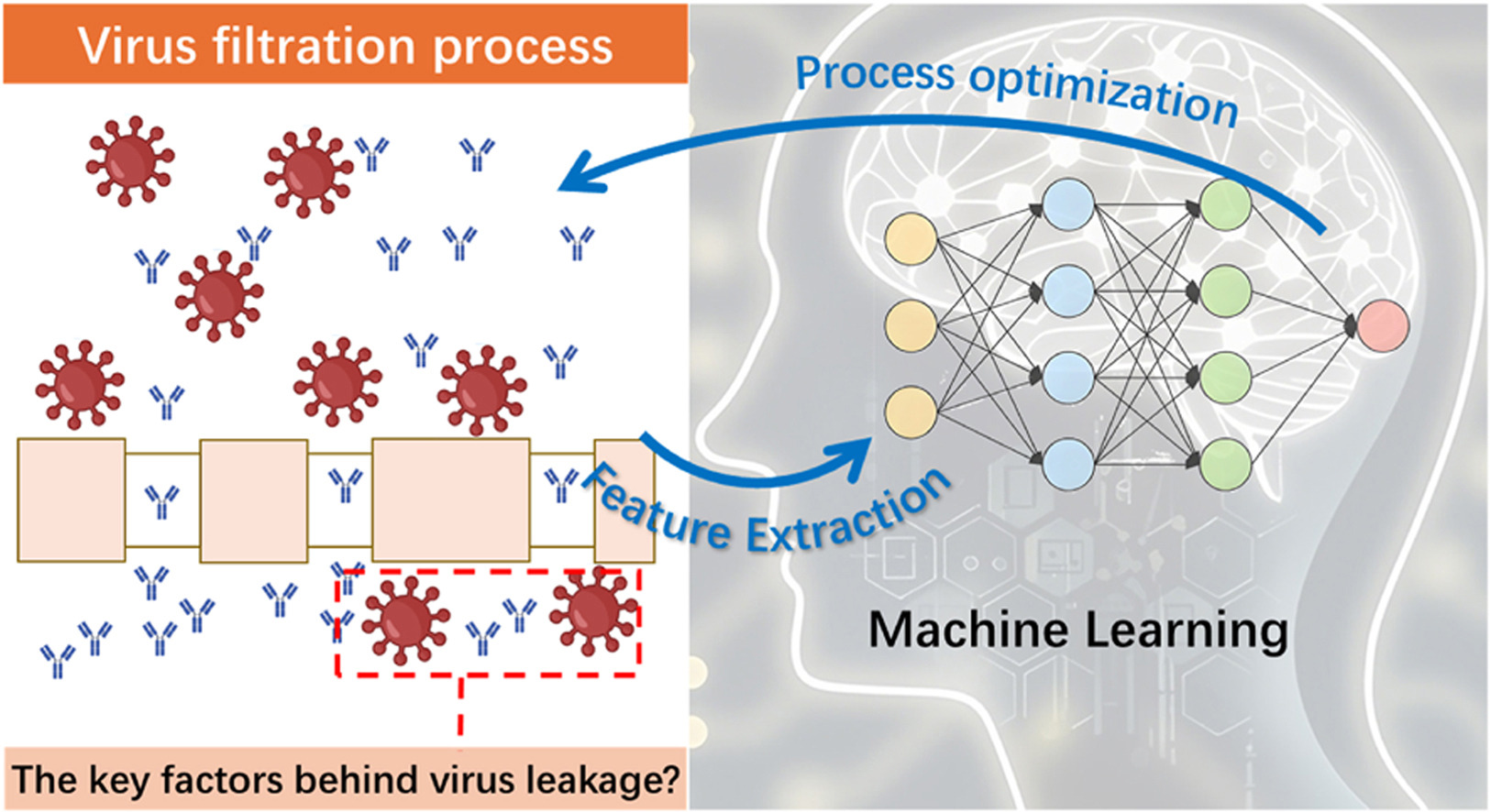

A research team led by Prof. WAN Yinhua from the Institute of Process Engineering has developed a machine learning framework to analysis virus filtration processes in therapeutic protein purification. The new method enables intelligent identification of critical parameters affecting virus retention efficiency and provides predictive guidance for process optimization.
A research team led by Prof. WANG Shuqiang from the Shenzhen Institute of Advanced Technology of the Chinese Academy of Sciences introduced a Prior-Guided Adversarial Learning with Hypergraph (PALH) model for predicting abnormal connections in Alzheimer's disease.

A research team led by Dr. AN Tao from the Shanghai Astronomical Observatory of the Chinese Academy of Sciences has discovered a wandering black hole in a dwarf galaxy located about 230 million light-years away (redshift z = 0.017).
A Chinese research team has captured the complete polarization pattern of PSR B1937+21's main pulse and interpulse as they vary with frequency, providing crucial evidence for radiation mechanisms operating under extreme physical conditions.
Researchers from the Dalian Institute of Chemical Physics of the Chinese Academy of Sciences and Fudan University developed a series of alkaline-earth-metal-doped perovskites to investigate the impact of electronic structure tuning on high-temperature oxygen evolution reaction performance.
Researchers from the Dalian Institute of Chemical Physics and the Research Center for Eco-Environmental Sciences realized complete perfluorooctanoic acid (PFOA) mineralization and fluoride immobilization using a microcloud enriched with wollastonite-bearing microdroplets.
A research team led by Prof. KANG Le from the Institute of Zoology of the Chinese Academy of Sciences, has discovered that locusts bypass the classical GPCR pathway entirely. Instead, they rely on inositol 1,4,5-trisphosphate (IP3)—a specific molecule—as the core second messenger in their olfactory signal transduction process.
A research team led by Prof. HAN Shuo from the Center for Excellence in Molecular Cell Science of the Chinese Academy of Sciences applied proximity labeling to immunomodulation for the first time and developed a novel cell-surface protein engineering strategy named Proximity Amplification and Tagging of Cytotoxic Haptens (PATCH), solving the key bottlenecks in immunotherapy.

Led by the Institute of Atmospheric Physics of the Chinese Academy of Sciences, a new international study has provided farmers and policymakers with a roadmap to grow maize—one of the world's most vital crops—in a way that balances high productivity with planetary health.
Researchers from the Institute of Oceanology of the Chinese Academy of Sciences and their collaborators discovered and analyzed a large pipe swarm—a cluster of cylindrical geological structures—with remnants of hydrogen hydrothermal activity on the east Caroline Plate, west of the Mussau Trench.

A research team from the Aerospace Information Research Institute of the Chinese Academy of Sciences has systematically mapped and analyzed the cultural landscape of historic folk fortresses in Tianshui, a city in northwest China's Gansu Province, uncovering new insights into a long-neglected form of grassroots cultural heritage.
A team led by Prof. LI Yang from the Shenzhen Institute of Advanced Technology of the Chinese Academy of Sciences developed and validated a label-free, non-invasive method combining atomic force microscopy with deep learning for accurate profiling of human macrophage mechanophenotypes and rapid identification of their polarization states.
A research team from the Hefei Institutes of Physical Science and the First Affiliated Hospital of Anhui Medical University has developed a microfluidic platform that enables label-free sorting and functional analysis of neutrophils in sepsis patients.
A research team from the Ningbo Institute of Materials Technology and Engineering of the Chinese Academy of Sciences has developed a new method to enhance the efficiency of dynamics modeling for industrial robots, tackling long-standing bottlenecks in real-time torque computation.

86-10-68597521 (day)
86-10-68597289 (night)

52 Sanlihe Rd., Xicheng District,
Beijing, China (100864)

